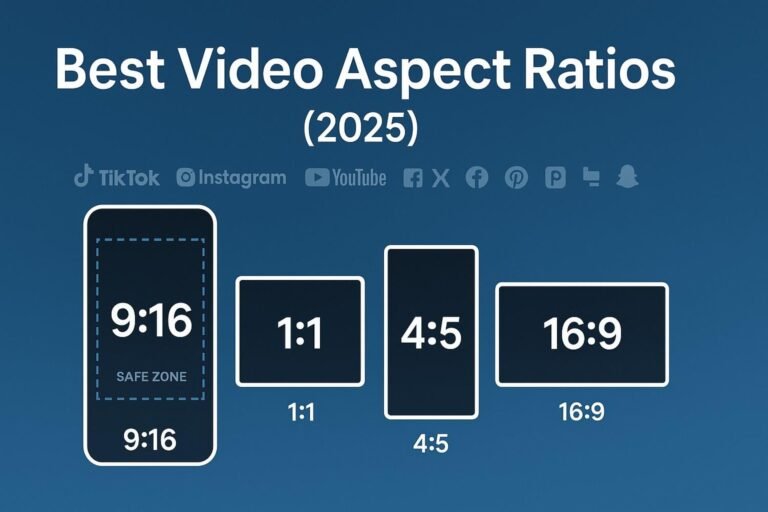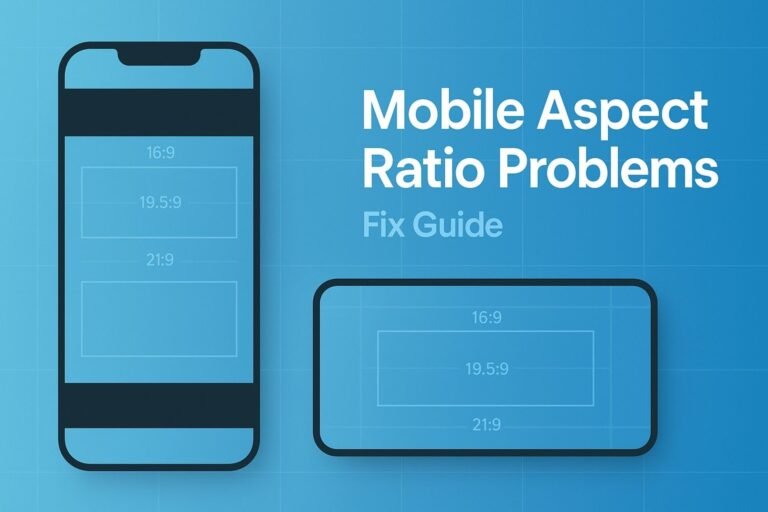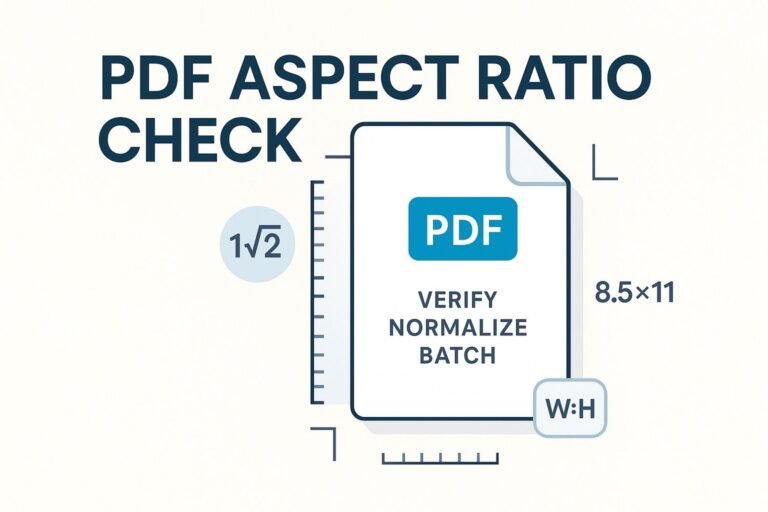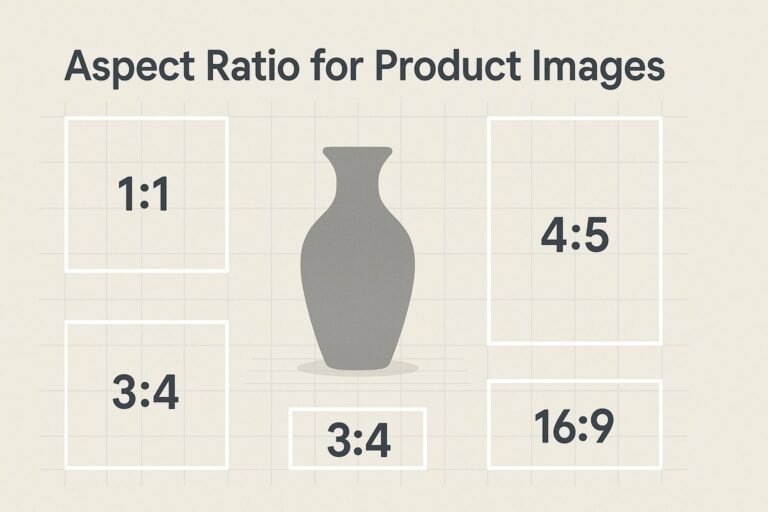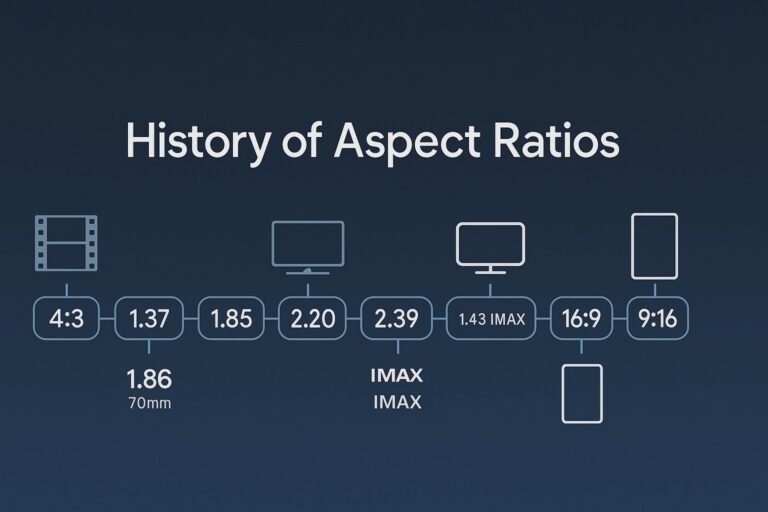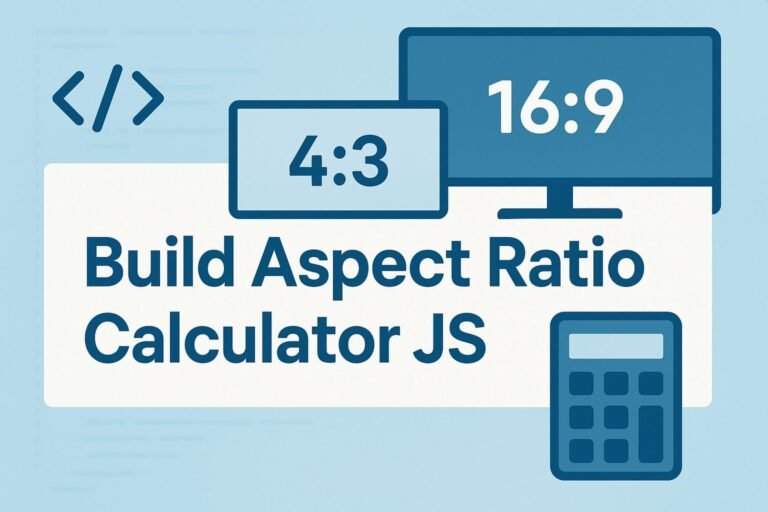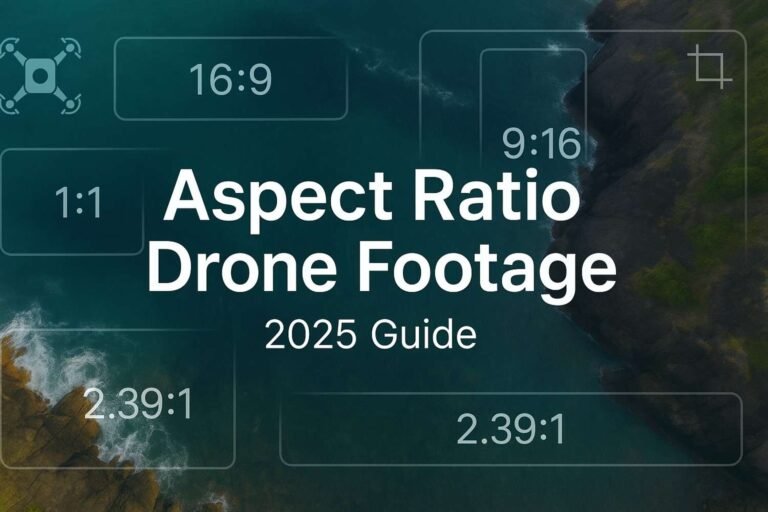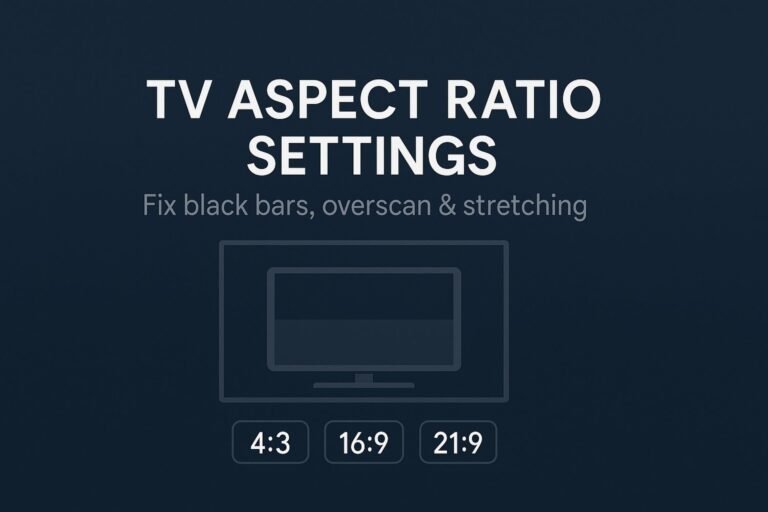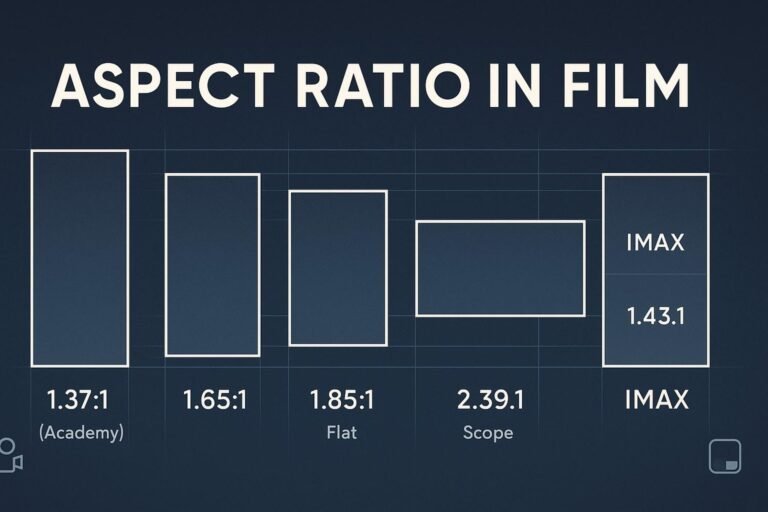Key takeaways
- 9:16 vertical is the default for short-form (TikTok, Reels, Shorts, Snapchat). Export at 1080×1920 and keep text clear of UI overlays.
- 1:1 or 4:5 often performs best in LinkedIn and X feeds when you need more vertical real estate without awkward crops.
- 16:9 remains the standard for long-form on YouTube, webinars, and screen recordings.
- Protect a centered “safe core” ≈ 4:5 so cross-posts won’t crop faces, captions, or CTAs.
One-glance specs cheat-sheet (2025)
Use these as defaults; then tailor per platform goals (engagement vs. click-through vs. long-form watch time).
| Platform | Best ratio | Also OK | Go-to resolution | Quick notes |
|---|---|---|---|---|
| TikTok | 9:16 | 1:1, 16:9 | 1080×1920 | Vertical fills screen; square/landscape supported but less immersive. |
| Instagram (Reels/Stories) | 9:16 | 1.91:1–9:16 accepted | 1080×1920 | Keep titles/subtitles inside a centered 4:5 to avoid feed crops. |
| Facebook (Reels) | 9:16 | — | 1080×1920 | Reels-first experiences; vertical wins most mobile impressions. |
| YouTube | Shorts: 9:16 | 1:1 | 1080×1920 | Long-form remains 16:9; Shorts now support up to 3 minutes. |
| X (Twitter) | 9:16 or 1:1 | 16:9 | 1080×1920 (vertical) or 1080×1080 (square) | Square is safe for feeds; 9:16 unlocks full-screen vertical ad surfaces. |
| 1:1 or 4:5 | 9:16, 16:9 | 1080×1080 or 1080×1350 | Use square/portrait for feed; 16:9 for demos & webinars. | |
| 2:3 | 1:1, 9:16, 4:5 | 1000×1500 or 1080×1920 | 2:3 is evergreen; use 9:16 for full-screen story-style Pins. | |
| Snapchat | 9:16 | — | 1080×1920 | Hook within 2–3 seconds; design for full-screen vertical UI. |
Platform-by-platform breakdown
TikTok
Default to 9:16 at 1080×1920. Repurposing landscape? Reframe and pad within a 9:16 canvas—skip pillar-boxing that competes with captions.
9:16 is native for Reels and Stories. Because Reels can preview in the feed, keep headlines and CTAs inside a centered 4:5 “safe core” so nothing gets cropped.
Publish Reels in 9:16; Meta is consolidating video surfaces around a Reels-style player, so vertical is your safest default for discovery.
YouTube
Use 9:16 for Shorts (now up to 3 minutes), and 16:9 for long-form tutorials, explainers, and live VOD. Avoid uploading raw 16:9 into Shorts; re-edit for vertical.
X (Twitter)
Choose 1:1 when you need a catch-all feed format across desktop and mobile; switch to 9:16 for immersive vertical ad surfaces and in-feed video swipes.
For thought-leadership and case study clips in feed, go 1:1 or 4:5. Use 16:9 for webinars, screen shares, and conference highlights.
Stick to 2:3 for standard Pins and video Pins; use 9:16 for story-style, full-screen placements.
Snapchat
Design natively for 9:16 with generous top/bottom clearance for UI. Front-load value and CTA in the first few seconds.
Text & caption safe-zones (don’t get cropped)
- Short-form vertical (TikTok/Reels/Shorts/Snap): Keep subtitles above the progress bar and away from bottom button overlays; cap at two lines.
- Instagram feed previews: Frame key text and faces within a centered 4:5 box so feed crops don’t cut crucial info.
- Square/portrait feeds (LinkedIn/X): Use 1:1 or 4:5 covers with large, high-contrast title cards for thumb-stopping clarity.
A simple cross-platform export workflow
- Shoot a 4K vertical master (2160×3840, 9:16). You’ll downscale to 1080×1920 for upload and keep headroom for reframing.
- Design a 4:5 “safe core.” Place titles, faces, and CTAs inside this box so the same edit works in feeds that crop previews.
- Export variants: 9:16 (TikTok/Reels/Shorts/Snap), and 1:1 or 4:5 (LinkedIn/X). Avoid auto-cropping; reframe intentionally.
- Subtitle cleanly: Two lines max, 32–42 characters per line; add stroke/outline for busy scenes.
- Thumbs & hooks: Use bold cover cards; deliver the promise in 0–3 seconds; place CTA by second 5–8.
FAQs
Is 9:16 always the best?
No. 9:16 dominates short-form, but 1:1 or 4:5 often outperforms in LinkedIn and X feeds when you want taller, scannable thumbnails without cropping.
What if my source footage is 16:9?
Re-edit for vertical: duplicate the track, scale the background layer to fill 9:16 with blur, then reframe the subject on top. Don’t upload raw landscape to short-form feeds.
What resolutions should I export?
Default to 1080×1920 for 9:16, 1080×1080 for square, 1080×1350 for 4:5, and 1920×1080 for 16:9 long-form.

